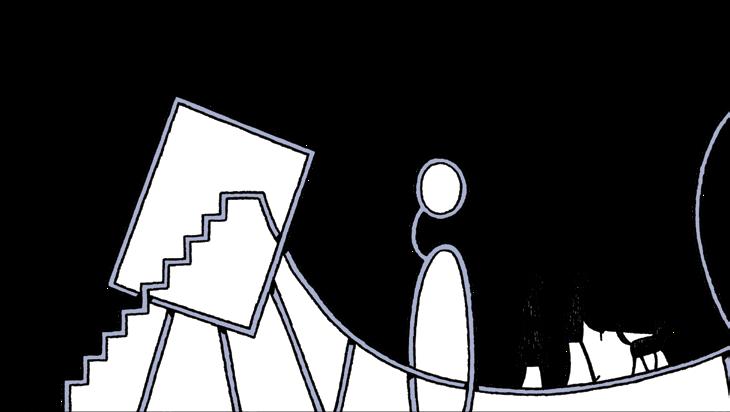William Morris was a neurotic ball of energy, obsessed with the design of wallpaper, books, kitchens and fields. By Fiona MacCarthy
The Victorian Renaissance Man
W
illiam Morris was many kinds of man: visual artist, poet, political activist, and Marxist theoretician. He was also many kinds of designer. Morris designed numerous, special one-off objects that he either made himself, the design often evolving through the processes of making, or collaborated on with his craftworkers and friends. Morris designed for one-off and small-batch production in his early workshops and for relatively large-scale production runs in later days at his factory at Merton Abbey. To an extent that few people are aware of, he designed other products to be made by subcontractors and sold through his firm’s showrooms. He acted as designer– buyer for his shops in the sense of searching out and commissioning new ranges to be sold alongside Morris, Marshall, Faulkner & Co’s own products. On a visit to Italy, his travelling companion Edward Burne-Jones complained about Morris’s obsessive ‘merchandising for the firm’. As chief designer and overall controller of the firm’s visual and technical standards, Morris covered a stupendous range. In his neurotically energetic lifetime, his interests and technical knowledge burgeoned outwards to include embroidery, furniture, stained glass, wallpapers and mural decorations; wood engravings, illumination and calligraphy; printed and woven textiles, and high-warp tapestry. At the end of his life, there was the final challenge of book design and type design at his own Kelmscott Press. 28 The Oldie September 2021
William Morris (1834-96) in working smock. Unknown photographer, c 1876
William Morris saw things whole. His view of design was rich, complex and dominated by his reverence for buildings as repositories of history and keepers of the soul. The point of Morris’s acutely detailed knowledge of individual processes and products was his passion for the total architectural mise-en-scène. He liked the completeness of designing for a church or domestic interior. He was as interested in gardens as in houses and, as we see at his own Red House, Morris had great feeling for interflowing spaces. His generous concept of the role of the designer would eventually lead him to envisage whole communities, networks of productive and sociable, semi-selfsufficient, small country towns,
precursors of the early-twentieth-century garden cities. As he expounded so sturdily in a lecture, Art under Plutocracy (1883), his view of art encompassed what we would now think of as total environmental planning: design for ‘all the externals of our life’. Morris argued that art was not merely a matter of painting and sculpture, architecture and ‘the shapes and colours of all household goods’. It also took in ‘the arrangement of the fields for tillage and pasture, the management of towns and of our highways of all kinds’. He saw visual alertness as a basic human function, and the shared appreciation of beauty and design in everyday surroundings and ordinary objects as the means of reconciling the artist with society. In his Utopian novel, News from Nowhere, art has become so deeply embedded in the life of the community of Morris’s new England that it has no name. Morris’s strengths as a designer spring from the exactness of his observation. Even when he was a child exploring gentle, quirky rural Essex, and on his later expeditions as a disaffected schoolboy into the countryside around Marlborough College, his sense of landscape was almost uncannily acute. In a letter written after Morris’s death, his daughter Jenny commented on his facility for grasping the essentials: ‘In half a dozen words, Father could make one see a place exactly.’ The details of known landscapes stayed in his mind for ever and he drew on what became almost a library of






































